Muscle Scraping: Science, Scam, or Something in Between?
Even someone’s legs turn purple after a therapist attacked them with a shiny metal tool? That’s muscle scraping — also branded as IASTM or its cousin gua sha. It looks brutal, feels painful, and is sold as a miracle fix for scar tissue, adhesions, and “toxins.”
But here’s the truth: most of those claims are complete rubbish. Let’s break down what scraping does, what it doesn’t, and why bruises aren’t a badge of healing.
What Is Muscle Scraping?
Muscle scraping, or Instrument Assisted Soft Tissue Mobilisation (IASTM), is when a therapist uses a tool to stroke firmly along your skin and muscles. Pressure is usually strong enough to leave redness or bruising.
The promise? That it’s “breaking down scar tissue,” “releasing fascia,” or “flushing toxins.”
The reality? Your body doesn’t work that way.
The Myths That Won’t Die
1. It breaks up scar tissue and adhesions.
Scar tissue is woven collagen deep in the muscle or tendon. You cannot scrape it apart through the skin — unless you want to use a power tool.
2. It flushes toxins out of your muscles.
Bruising ≠ detox. Your liver and kidneys handle toxins. Scraping just breaks small blood vessels.
3. It realigns fascia.
Fascia doesn’t get twisted like clingfilm. It remodels through loading, not scraping.
What’s Really Happening
Scraping does something, but not what Instagram captions claim:
Neurological reset: It stimulates skin and fascia nerves, changing how your brain perceives pain.
Blood flow: More circulation in the area, which can feel warm or loose.
Placebo power: Looks extreme, feels intense, and convinces people it’s “working.”
Where It Might Help
Scraping can have a role, but only in the right context:
Short-term pain relief before training or competition.
A complement (not replacement) to proper rehab.
For people who enjoy the sensation and believe in it.
What Actually Fixes Pain and Scar Tissue
Long-term change doesn’t come from being grated like parmesan.
It comes from:
Progressive loading (strength training)
Movement retraining
Time and smart rehab planning
That’s what actually remodels tissue and builds resilience.
The Bottom Line
Muscle scraping is not magic. It’s not breaking down scar tissue or sucking out toxins. At best, it’s a temporary pain-modulation trick wrapped in dramatic bruises.
If you like it, fine. But don’t confuse it with real rehab. If you want lasting change, build strength, not bruises.
Want to cut through the noise and fix pain the right way?
👉 Book a consultation at Poseidon Performance — no gimmicks, no scraping, just science-backed rehab and strength coaching.
FAQs About Muscle Scraping
Does muscle scraping break down scar tissue?
No. Scar tissue is collagen laid deep in muscles or tendons. Scraping over the skin can’t mechanically break it down. What helps remodel scar tissue is progressive loading and smart rehab.
Does muscle scraping release toxins?
No. That’s a myth. Your liver and kidneys remove waste products. The redness or bruising from scraping is just tiny blood vessels breaking, not toxins leaving the body.
Is gua sha the same as muscle scraping?
They’re very similar. Gua sha is the traditional Chinese practice, often used for general health. IASTM (muscle scraping) is the Western sports therapy rebrand. The techniques look alike, but both rely on the same skin-level stimulation.
Does muscle scraping work for recovery?
It may temporarily reduce pain, improve range of motion, and increase blood flow. But the effects are short-lived. For long-term recovery, strength training, load management, and proper rehab are far more effective.
Is muscle scraping safe?
Generally yes, if it’s not overdone. You might get bruising or soreness. If you have clotting disorders, fragile skin, or recent surgery, it’s best avoided.
